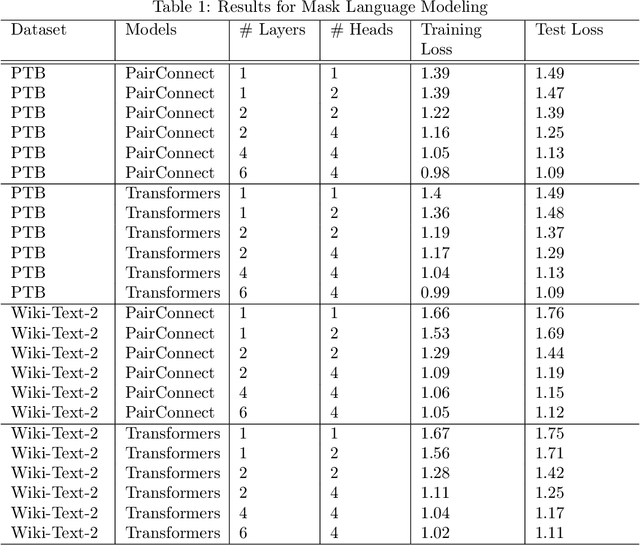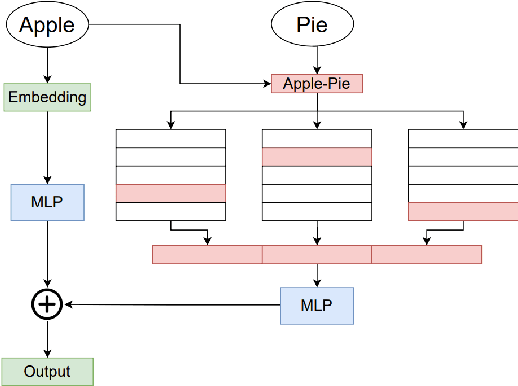Junyan Zhang
Virtual-mask Informed Prior for Sparse-view Dual-Energy CT Reconstruction
Apr 10, 2025Abstract:Sparse-view sampling in dual-energy computed tomography (DECT) significantly reduces radiation dose and increases imaging speed, yet is highly prone to artifacts. Although diffusion models have demonstrated potential in effectively handling incomplete data, most existing methods in this field focus on the image do-main and lack global constraints, which consequently leads to insufficient reconstruction quality. In this study, we propose a dual-domain virtual-mask in-formed diffusion model for sparse-view reconstruction by leveraging the high inter-channel correlation in DECT. Specifically, the study designs a virtual mask and applies it to the high-energy and low-energy data to perform perturbation operations, thus constructing high-dimensional tensors that serve as the prior information of the diffusion model. In addition, a dual-domain collaboration strategy is adopted to integrate the information of the randomly selected high-frequency components in the wavelet domain with the information in the projection domain, for the purpose of optimizing the global struc-tures and local details. Experimental results indicated that the present method exhibits excellent performance across multiple datasets.
PairConnect: A Compute-Efficient MLP Alternative to Attention
Jun 15, 2021



Abstract:Transformer models have demonstrated superior performance in natural language processing. The dot product self-attention in Transformer allows us to model interactions between words. However, this modeling comes with significant computational overhead. In this work, we revisit the memory-compute trade-off associated with Transformer, particularly multi-head attention, and show a memory-heavy but significantly more compute-efficient alternative to Transformer. Our proposal, denoted as PairConnect, a multilayer perceptron (MLP), models the pairwise interaction between words by explicit pairwise word embeddings. As a result, PairConnect substitutes self dot product with a simple embedding lookup. We show mathematically that despite being an MLP, our compute-efficient PairConnect is strictly more expressive than Transformer. Our experiment on language modeling tasks suggests that PairConnect could achieve comparable results with Transformer while reducing the computational cost associated with inference significantly.
 Add to Chrome
Add to Chrome Add to Firefox
Add to Firefox Add to Edge
Add to Edge